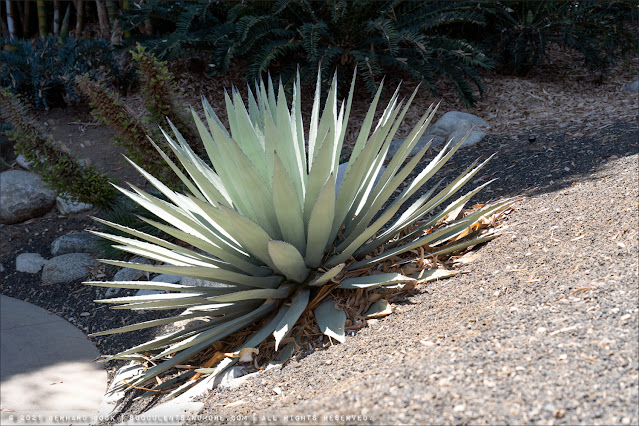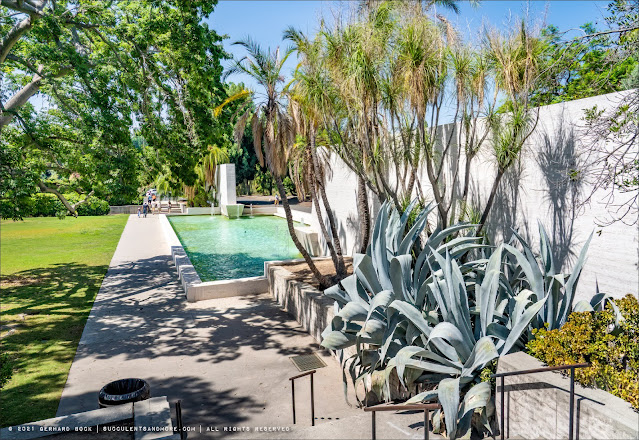Huntington Desert Garden and a few other goodies (August 2021)

When I was in Southern California for the Inter-City Show a few weeks ago, a couple of friends from Sacramento and I made a quick stop at the Huntington . We only had a few hours, so we focused on the Desert Garden . As part of the Desert Garden Improvement Project , the entrance to the Desert Garden and the upper portion are undergoing major renovations, which, among other things, will upgrade the Desert Garden Conservatory and open up another half acre of garden previously closed to the public. Because of the ongoing construction, most paths through the Old World section are currently blocked off. As a result, we spent most of our time in the lower garden, i.e. the New World section. Agave applanata , the non-variegated counterpart of the popular 'Cream Spike'. Yes, 'Cream Spike' will eventually get this large! Huntington Desert Garden tapestry Aloe erinacea , grown hard. This is what many aloes look like in habitat. Miniature forest of Aeonium 'Zwartkop' A...


